
One verse, five voices. Edited by Salvador Litvak, the Accidental Talmudist
“Make sacral vestments for your brother Aaron, for dignity and adornment.” – Exodus 28:2
Rivkah Slonim
Rohr Chabad Center, Binghamton University
Ever since God created man in His image, mankind has been returning the favor.
Frustrated by the inherent limitations of finitude, our best and brightest have consistently tried to foist the same constraints upon the Creator. It’s either this or that, here or there, yes or no; it can’t be both, our brains scream. In hopes of disabusing us of this profound error, Hasidic teachings explain that the Creator is best understood as “nimna hanimnaot,” the enigma of all enigmas or more precisely, the one for whom the concept of impossibility is impossible.
The Holy Temple was a place Jews went to “see” Divinity and to “be seen,” to be touched and transformed. No wonder then, that the vestments of the priests who served as facilitators of this experience were fashioned with an eye towards instruction.
Jewish mysticism teaches that the term “kavod,” dignity, alludes to the way in which a person is seen and affected by — or effects — another. It speaks to the immanent, manifest, and therefore, limited experience. The up close and personal.
The term “tiferet,” adornment or splendor, references an almost amorphous quality; a subtle but definite state that at once resists delineation while pervading all. The impossible to conjure, infinite beyond.
The vestments of the High Priest, Aaron, designed for both dignity and adornment, underscore a truth we struggle with constantly: God, creator of all binaries, both encapsulates and transcends them all.
And when we attach ourselves to our Divine core, we too can soar beyond the divide.
Rabbi Scott N. Bolton
Congregation Or Zarua
We are reminded that donning the right clothing for the sake of holiness is a Jewish value. Wearing garments befitting a nation of priests is an aesthetic that Torah helps us achieve. A principled approach to clothing is a Torah value; every Jew with holy tasks to accomplish has fashion to embrace. From yarmulkes to tallitot to Magen David jewelry to synagogue attire, we as a culturally distinct family have holy missions to dress up for.
Going back in history, imagine the wardrobe workshop right in the desert, near the Mishkan, the portable tabernacle; there was another in ancient Jerusalem for both Temples. We were into holy fashion!
The kohanim needed the right uniforms, and the High Priest’s vestments as outlined needed updates and replacements. New garments were stitched over the years depending on the size of those who needed them. Technology developed for cloth making, thread spinning, dying, designing and cutting. The fashion of the priests impacted the experience of worshippers. I imagine when pilgrims left, women and men alike got ideas consciously or otherwise about how to change their everyday dress despite the paucity of material. There was something connected to the Eternal and the power of our sacred ritual in how robes lay, tassels fall, outer cloaks cover undergarments. Imagine seeing Aaron in his wraps and headdress? Miriam in her prophetess regalia? I imagine hearts, minds and souls yearned a little for capes like theirs and for a wardrobe that reflected the noble spirit of our ancestors. So dignified, holy adornment; we must wear them well.
Laya Saul
Author, “Sisterhood of the Copper Mirrors”
“Does this look ok on me?” the wife asked her husband as they dressed for a wedding. With a glance he said, “There’ll be 600 people there, does it matter?” He had a point, yet even in a crowd, we can be noticed. How we dress influences how we feel and behave, and influences others’ responses to us. We’ve all had the experience of carrying ourselves differently with different outfits. One question we can ask as we study this pasuk is, “Are we being intentional about what we are looking to express and communicate to ourselves and the world?”
Moshe is told to make holy garments for his brother Aaron for dignity and adornment. The clothes of the high priest were beautiful. They had mystical symbolism and spiritual messages. That high level of transcendence is something a spiritual seeker can learn from and strive for.
Next week we celebrate Purim. In the Megillah, we see Ahasuerus don the clothes of the high priest that were taken from the Temple. The same garments bring an entirely different message.
Are you willing to dig deeper? Consider how you represent yourself – and even your nation – in the way you dress. What’s your motivation when you adorn (or not) yourself? Is it honorable? Dignified? Do you dress with self-respect and sensitivity to those around you? You can joyfully use Purim to express or explore aspects of your inner world.
We can elevate all parts of our life, including our clothes, if we’re mindful and intentional.
Denise Berger
Freelance writer
This pasuk is a blueprint for Jewish leadership. Moshe Rabbeinu is known as the greatest Jewish leader of all time. And here he is being told, directly by G-d, to make holy garments, for his brother, for the sake of dignity and adornment.
How often does the CEO, or a head of state, or a school principal, do a project for a staff member, even one as high ranking as Aaron? It’s definitely not the norm. To the contrary, a leader’s status is often expressed precisely by eschewing such things.
G-d is highlighting the sibling relationship. This instructs the Jewish people that although it is natural and common for rivalry to exist between brothers (reference the entire first book of the Torah), this is not what Hashem wants for us. The previous parsha, Terumah, is all about the construction of the Mishkan tabernacle, where Aharon, as the High Priest, will be running the show. A lot of high-achieving brothers might feel tension at this juncture, when one is ascending in prominence and the other (since he is not a Kohen) has no access to that pathway. G-d is making very clear that we each offer our own distinct contribution and there is no space for competition.
Lastly, Moshe is to embark upon this task for the sake of dignity and adornment. It’s not enough to silently accept another person’s unique role, a Jewish leader must also help that person shine.
Rabbi Nicole Guzik
Sinai Temple
Ten years ago, I remember walking through Sinai Temple and a mother stopped me in the hallway. She pointed to her then 3-year-old daughter and began to share, “Rabbi, I want you to know that because you wear a kippah, our daughter insists on wearing a kippah.” Her daughter turned around and there it was, a kippah that perfectly matched my own.
As we know, not many young women choose to wear a kippah. The act reminded me that others are watching. Watching not only what I put on my head but also, watching how I speak, listen and behave. The reminder isn’t meant to carve out a path for perfectionism. Rather, the reminder is an opening. People will notice if I value myself. People will notice if I am self-forgiving. People will notice if I live with dignity. People watch. My actions matter.
Sforno, the Italian Biblical commentator explains that in his wearing of the sacral vestments, “the Priest should inspire awe among the Israelites …” What a beautiful mission: to inspire awe. It may mean awe for our Creator or awe for our tradition. Or perhaps, awe is another word for motivation. Just as the Israelites were inspired by the actions of the Priest, we too might be surprised who is inspired by our more subtle displays of leadership. It is never just a kippah. Inspiration and motivation come in ways we might least expect.
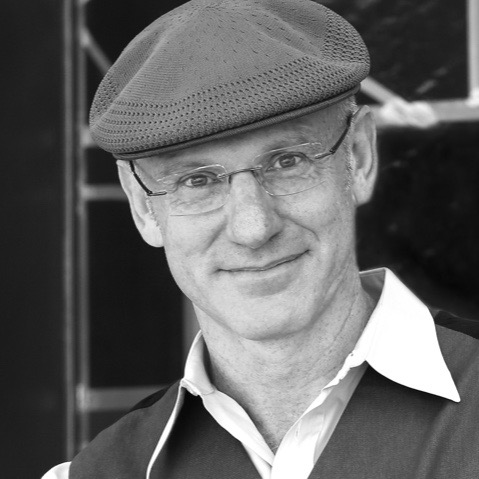











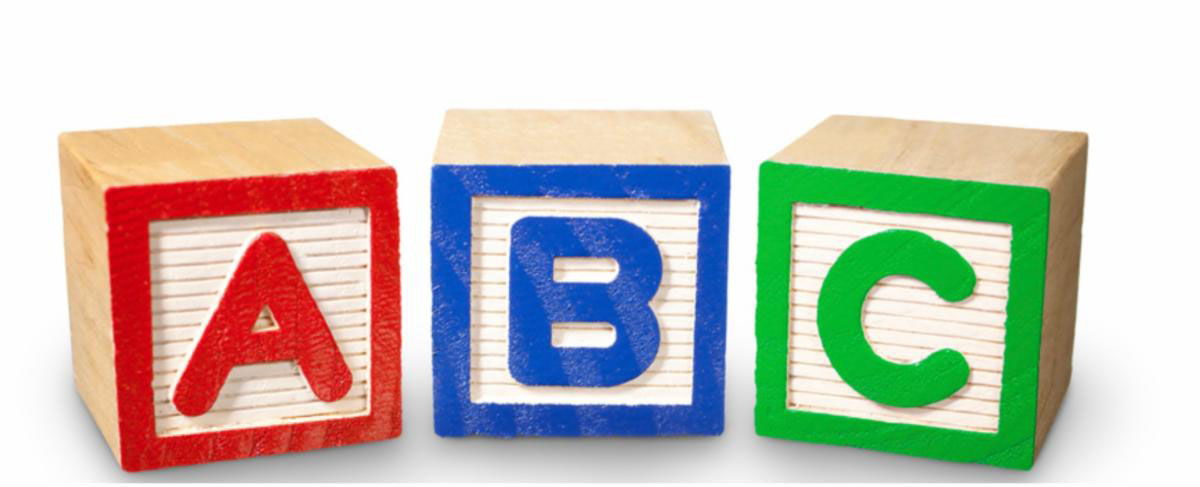
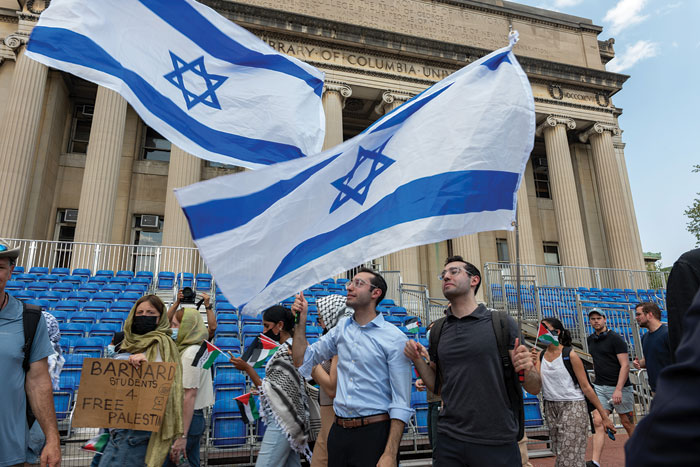

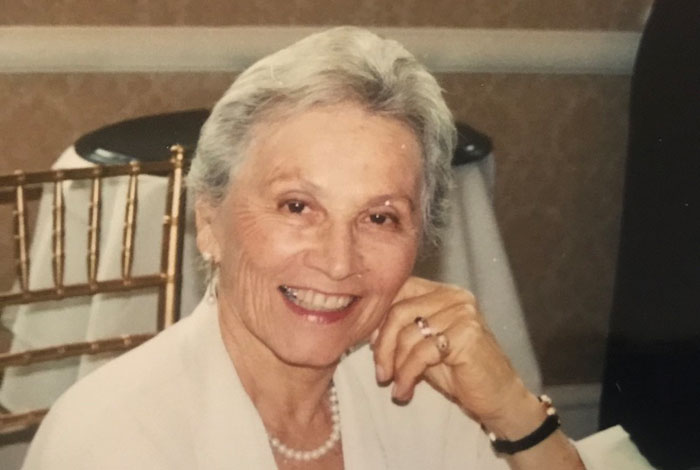
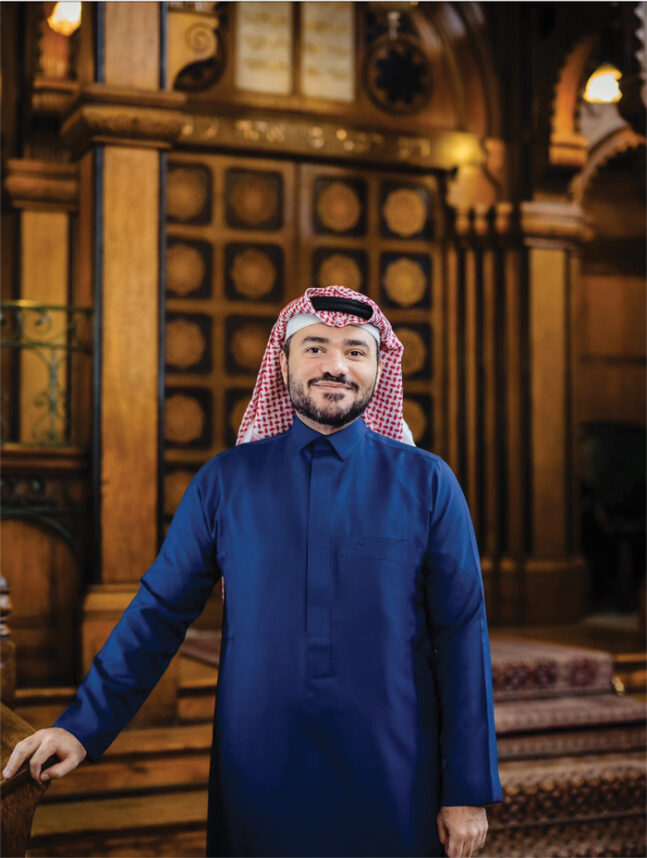
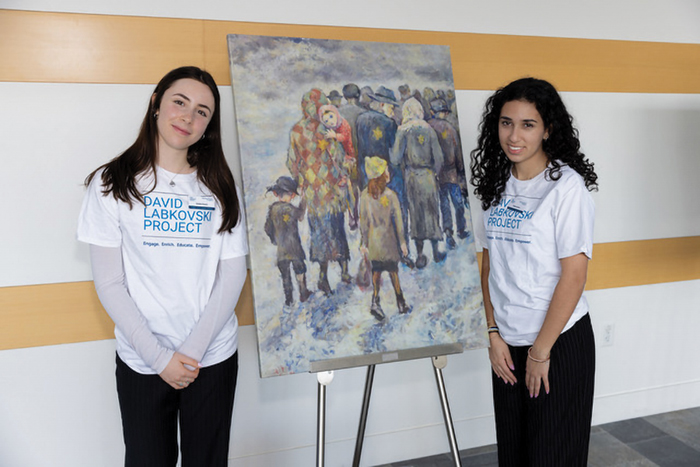




 More news and opinions than at a Shabbat dinner, right in your inbox.
More news and opinions than at a Shabbat dinner, right in your inbox.